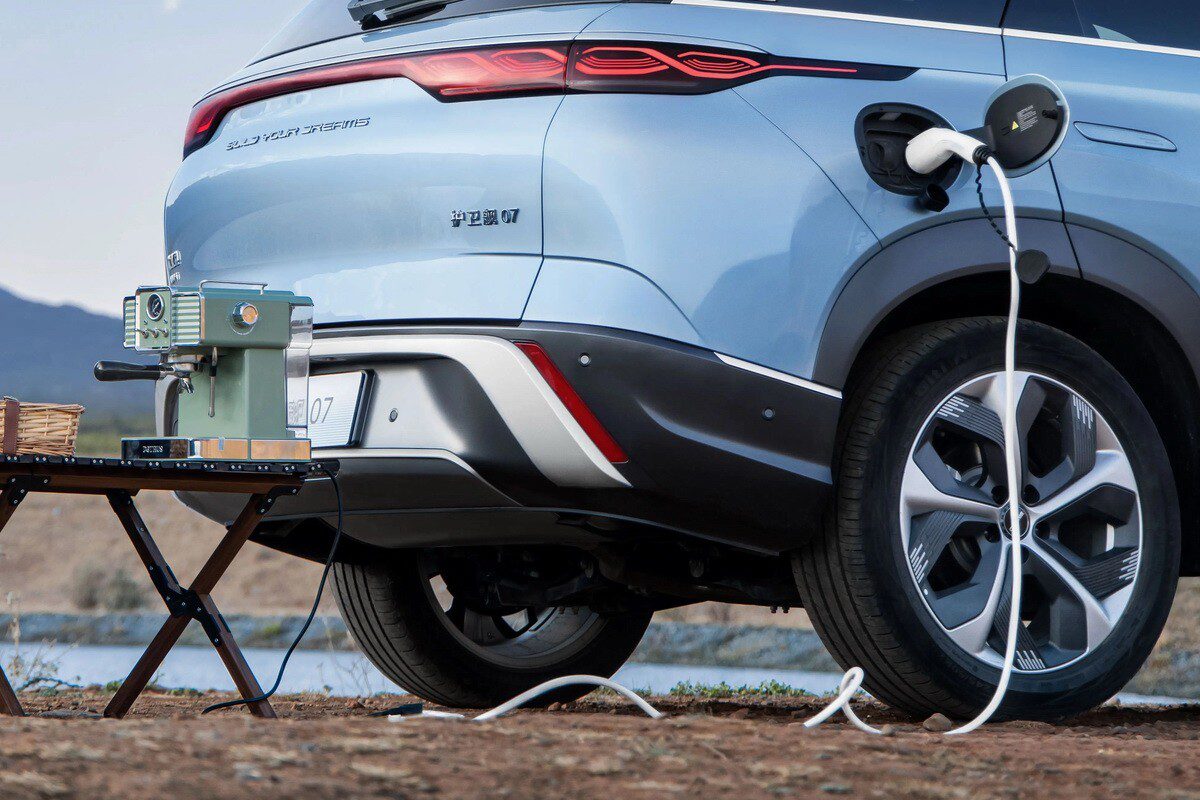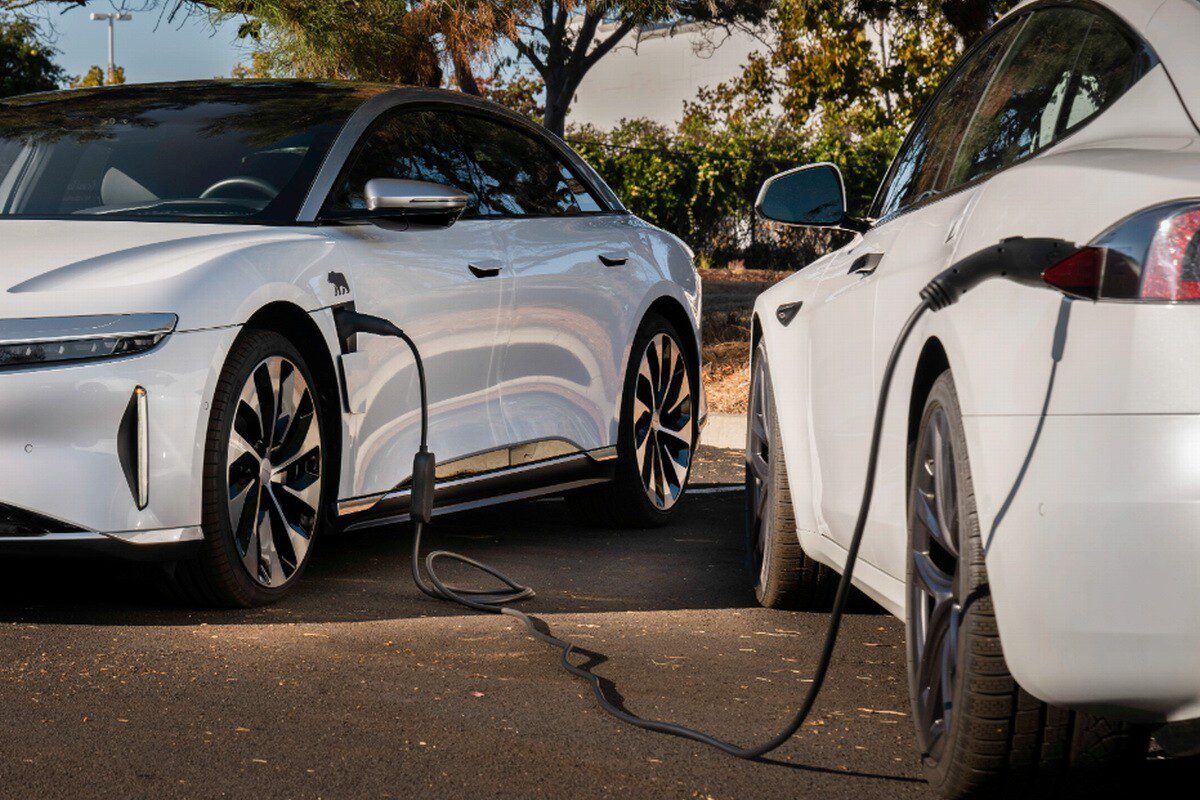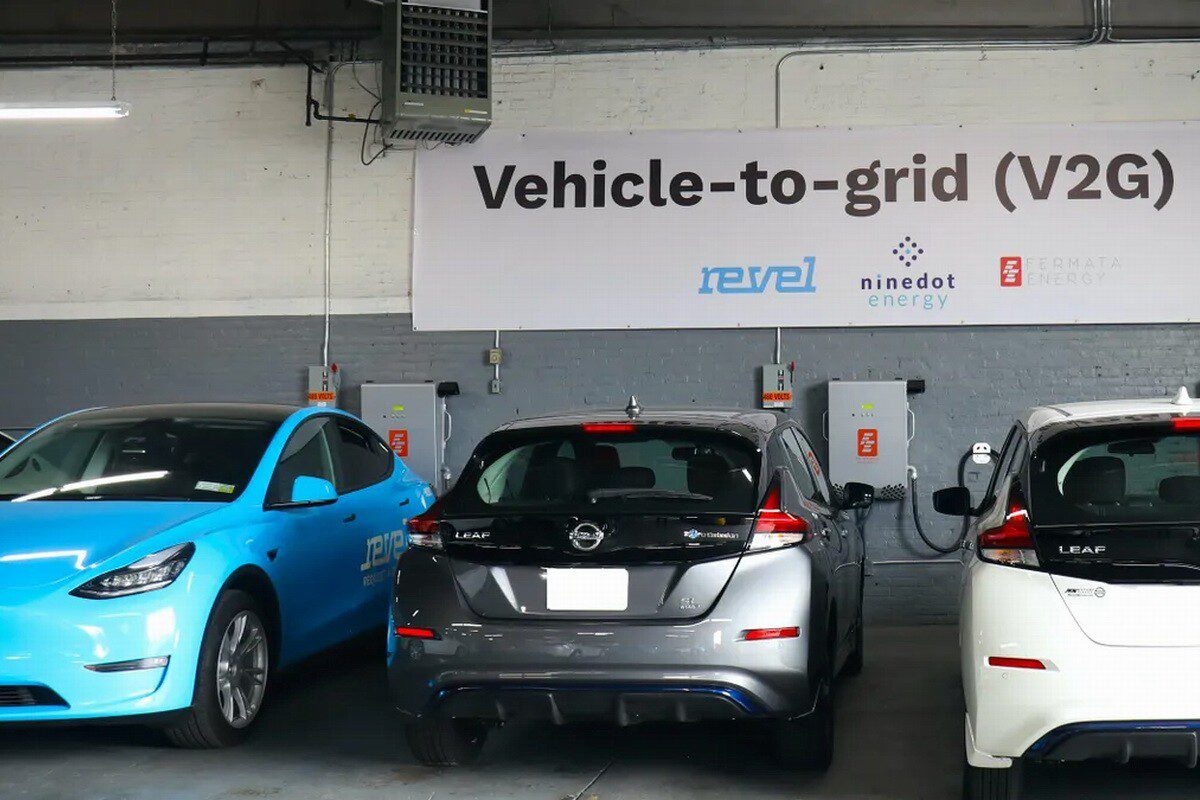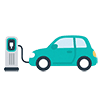
NEWS CENTER
The external power supply function enables new energy vehicles equipped with this capability to output stored electrical energy via a dedicated interface, thereby powering external electrical devices. Below, we have simplified the charging process for new energy vehicles to outline the following pathways.
Charging:
AC grid – AC charging station – NEV AC slow-charging interface – Unidirectional or bidirectional OBC – DC/DC converter – Battery pack.
AC grid – DC charging station – NEV DC fast-charging port – Battery pack.
Discharging:
Battery pack – DC/DC converter – Bidirectional OBC – AC slow-charging port – AC discharge gun – Electrical appliance.
Battery pack – DC/DC converter – DC fast-charging interface – DC discharge gun or DC inverter – Electrical equipment.
The above represents a simplified model of charging pathways for new energy vehicles currently available on the market. Taking the external AC discharge function as an example, this involves the On-Board Charger (OBC). Unidirectional OBCs solely enable charging from the AC grid to the vehicle, whereas bidirectional OBCs support both charging from the grid and the vehicle’s reverse power conversion to supply AC electricity externally.
External power output from new energy vehicles is categorised as AC (alternating current) or DC (direct current) external discharge. Practical application types primarily include V2L (Vehicle-to-Load), V2V (Vehicle-to-Vehicle), V2H (Vehicle-to-Home), and V2G (Vehicle-to-Grid). Here, “V” denotes “Vehicle”, “2” is a phonetic adaptation of the English “to”, and the final letter represents the power usage scenario. The following sections detail each of these power delivery functions.
The power output types for new energy vehicle external power delivery functions are categorised as alternating current (AC) external power delivery and direct current (DC) external power delivery. Classified by practical application type, these primarily include V2L, V2V, V2H, and V2G. Here, ‘V’ denotes Vehicle, the means of transport; “2” is a phonetic adaptation of the English ‘to’; and the final letter represents the electricity usage scenario. Below, we shall introduce each of these discharge functions in turn.
V2L(Vehicle to Load)
V2L refers to the discharge of electricity from new energy vehicles to external loads, also known as vehicle-to-appliance power transfer. Many manufacturers market this capability as a mobile power station function or campsite power supply mode.V2L stands unchallenged as the most frequently utilised and widely adopted external power supply type currently available. The table lists select models equipped with V2L AC discharge capability, covering mainstream new energy vehicle brands. BYD’s model range demonstrates particularly extensive V2L support, with even its microcar, the Seagull, featuring V2L as standard across the entire series.

For new energy vehicles equipped with a bidirectional On-Board Charger (OBC), the battery pack’s direct current (DC) can be directly converted into alternating current (AC) within the vehicle. Users need only purchase a V2L discharge gun power strip or V2L discharge socket to access 220V AC power at any time. Typically, V2L discharge power ranges between 2kW and 6kW, sufficient for common household appliances.As the DC-to-AC inverter process is handled by the vehicle itself, products like discharge gun power strips require no power conversion modules. Serving solely as power transmission accessories, they are cost-effective and affordably priced, typically around one or two hundred yuan.
Certain new energy vehicles, such as Tesla models, feature only unidirectional onboard chargers (OBCs) with AC charging ports incapable of reverse power output. Similarly, most NIO models, which prioritise battery swapping, omit onboard chargers and lack AC charging ports. These vehicles require specialised DC V2L discharge inverters for external power supply.
DC V2L draws power from the vehicle’s DC charging port, then converts the direct current to alternating current via an external inverter to supply external devices. Typical discharge power ranges between 2kW and 6kW. DC V2L discharge inverters are currently less common, incorporate components like inverters, and command relatively higher prices, generally ranging from 2,000 to 5,000 yuan.
V2V(Vehicle to Vehicle)
V2V enables charging between new energy vehicles, also termed on-board energy to vehicle. Some manufacturers promote this as vehicle-to-vehicle mutual assistance or peer-to-peer charging. V2V functionality primarily relies on DC output.

New energy vehicles equipped with V2L capability can rapidly provide emergency power assistance to stranded vehicles with depleted batteries. Only a limited number of models on the market currently support V2V functionality. Furthermore, V2V operation requires a dedicated V2V vehicle-to-vehicle charging cable. High-power V2V charging necessitates a V2V vehicle-to-vehicle charger, which is comparable in size to a desktop computer case and typically costs upwards of ten thousand yuan.
V2V delivers power via a DC fast-charging interface, sharing the same DC discharge principle as V2L but at significantly higher power levels, typically ranging from 5kW to 50kW or beyond. For instance, the Xiaomi SU7 Max supports 6kW V2V, the Geely Radar Horizon offers 15kW V2V, and NIO achieves 40kW V2V through its integrated vehicle-to-vehicle charger. The highest-rated models, the Zeekr 001 and Zeekr 007, support 60kW V2V, enabling emergency charging speeds comparable to commercial DC fast-charging stations.
V2H (Vehicle to Home)

V2H refers to the provision of electricity to households from new energy vehicles, also termed vehicle-to-home energy transfer. Typically deployed in detached houses with private parking spaces, V2H requires new energy vehicles to connect to external high-power domestic inverters and distribution circuits alongside a suite of peripheral equipment.
V2H is primarily deployed in regions with unstable power grids, often integrated with residential solar photovoltaic storage systems to expand reserve capacity and extend supply duration. Numerous overseas case studies demonstrate its application.
V2G
V2G (Vehicle to Grid)
V2G enables new energy vehicles to supply electricity back to the grid, also termed vehicle-to-grid energy transfer. Beyond requiring compatible new energy vehicles, this technology necessitates integrated charging/discharging stations. Unlike V2H, V2G possesses grid-connection capabilities, facilitating participation in regional peak-load management applications.

In terms of hardware infrastructure, unlike conventional charging points which only permit unidirectional charging, V2G charging points possess bidirectional power transmission capabilities. They can transfer electricity from the grid to the vehicle battery to charge the electric vehicle, and conversely, during periods of grid power scarcity, they can transmit stored energy from the electric vehicle back to the grid, providing flexible and adjustable energy storage resources.
Beyond peak shaving, V2G offers economic benefits to vehicle owners. In 2023, NIO launched a 20kW V2G bidirectional charging station. For a NIO EV with a 75kWh battery pack, feeding 75kWh back to the grid during peak hours at a residential peak-off-peak price differential of approximately ¥0.3 per kWh yields a revenue of ¥22.5 for the owner. Another example reported by Xinhua News Agency shows data from a 15kW V2G bidirectional charging station in Anhui Province, where the price differential per kilowatt-hour for charging versus discharging reached 0.9 yuan. By supplying nearly 30 kilowatt-hours of electricity over 1.5 hours, the owner could earn approximately 30 yuan.


































.png) PV-Storage-Charging
PV-Storage-Charging-1.png) High & Low Voltage Switchgear
High & Low Voltage Switchgear Company Profile
Company Profile News Information
News Information Service Support
Service Support Cloud Platform Customized Development
Cloud Platform Customized Development Leisheng Charging International Platform
Leisheng Charging International Platform Leisn Home Charging Platform
Leisn Home Charging Platform